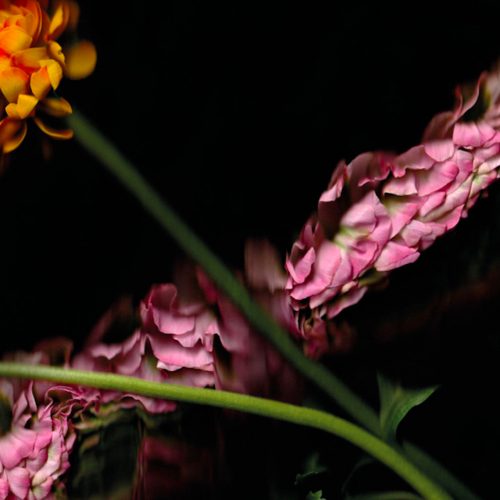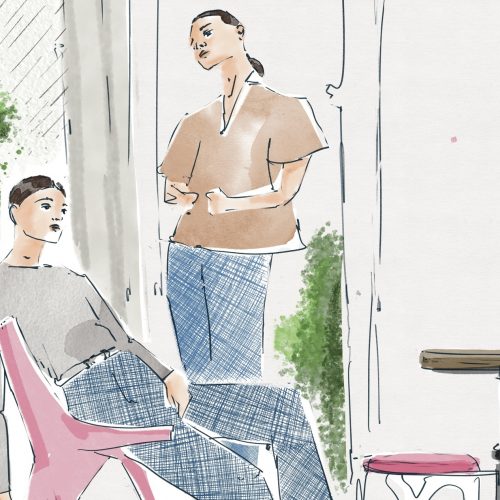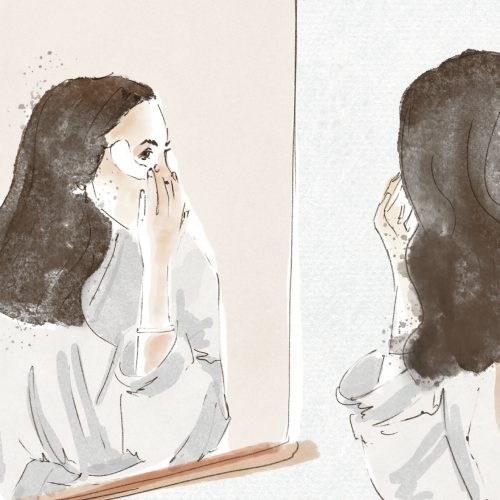Sustainable Viticulture | The Future of Champagne
Champagne can transform our evening and leaves a lasting impression; its bubbly, crisp and fruity connotes extravagance and elegance. It is known that Champagne is the most complex wine to make, and now with climate change, the growers are pursuing sustainable viticulture.
To receive the Luxiders newsletter, sign up here.
"I drink champagne when I win, to celebrate, and I drink it when I lose, to console myself," Napoleon once said.
It is true that Champagne is one true anytime drink and beloved by many.
WHAT MAKES A CHAMPAGNE GREAT?
Meticulous vineyard sources are needed to achieve a great Champagne—the one that gives us a mouthfeel of soft, mellow, crisp but still has depth and opulence. Most Champagne wines are produced by blending different crus; chardonnay, pinot noir and Meunier and a proportion of "reserve" wine from previous harvests. Before we can sip it, the bottle undergoes a long maturation period in the cellar's and has to be kept away from light. For non-vintage Champagne, it takes at least 15 months, and the vintage one requires a minimum of three years, and it goes through several processes, like fermentation—when the wine becomes sparkling—riddling, disgorgement and dosage.
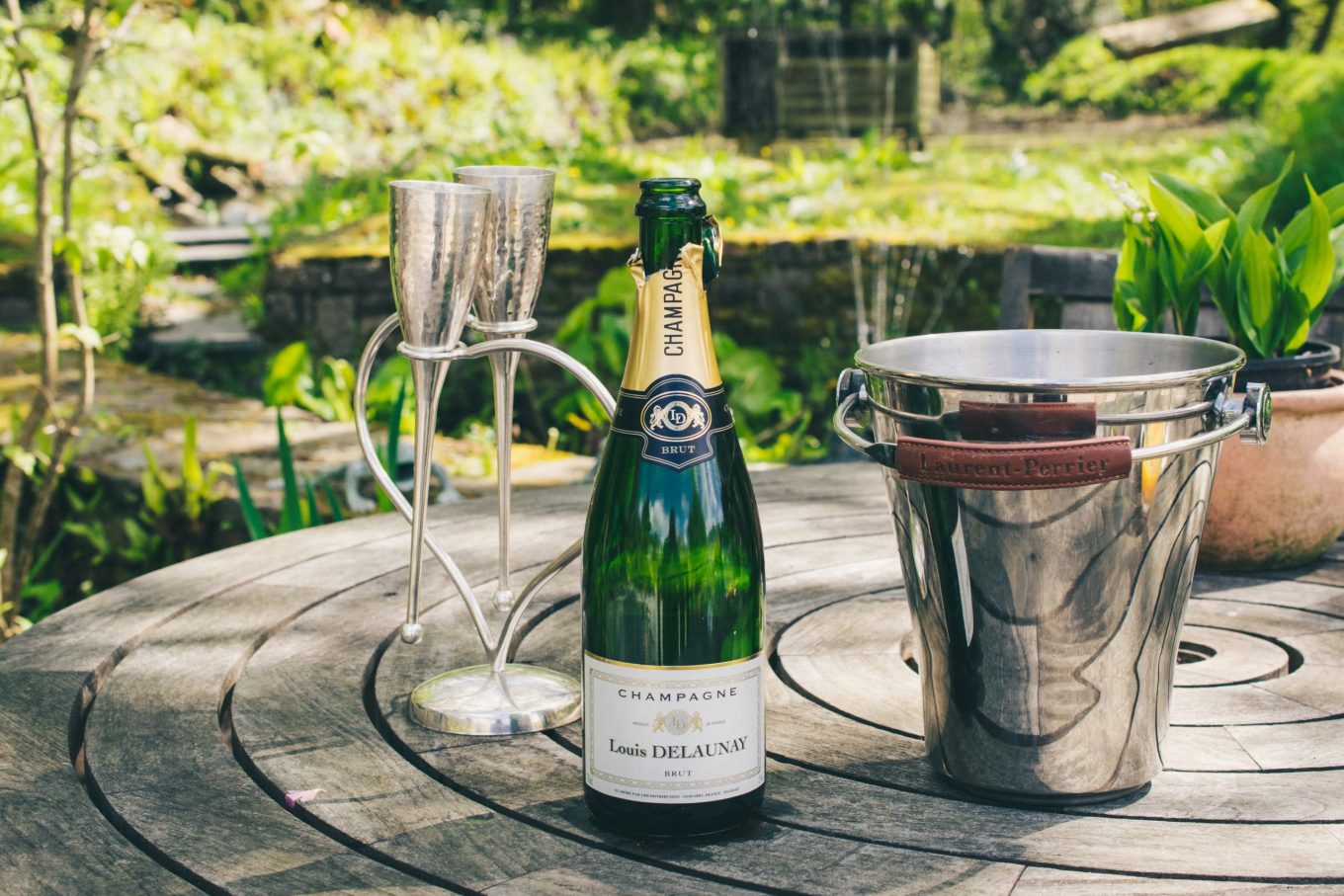
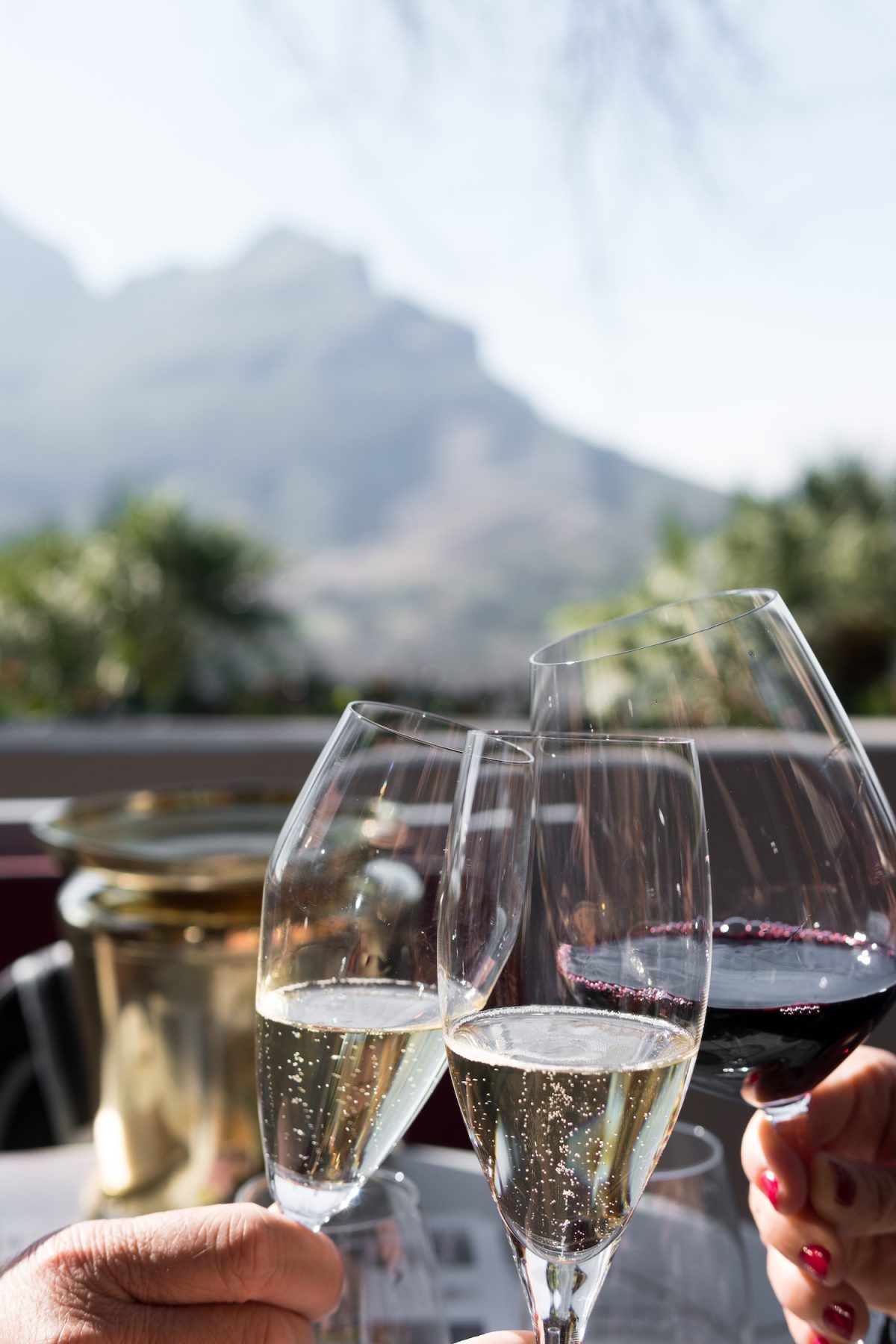
WHAT IS VITICULTURE?
Viticulture is the scientific study of grapes, most often with a focus on growth and production. Although many grapevines have a high level of adaptability, yet it needs a high degree of care as well. There are some aspects that a viticulturist has to take into consideration when caring for grapes, such as climate, slope and soil.
- Climate
Climate considers as the essential aspect in shaping a grape's flavour and characteristics. Grapes require ideally 1300 – 1500 hours of sunshine while growing and around 27 inches of rainfall. Of course, with climate change, the viticulturist must make more adjustment to balance it.
- Slope
Slopes and hills are the ideal locations for grapevines. Slopes are valued because it gets good sunlight exposure and has the ability to be drained quickly. In the northern hemisphere, south-facing slopes are preferable as they receive more hours of sunlight. Whilst, in the southern hemisphere, it works the other way around.
- Soil
Maintaining quality soil is crucial for effective vineyard management. Soil needs to have good aeration, loose texture, and good drainage. Bad soil can lead to lousy fruit development and low yield.
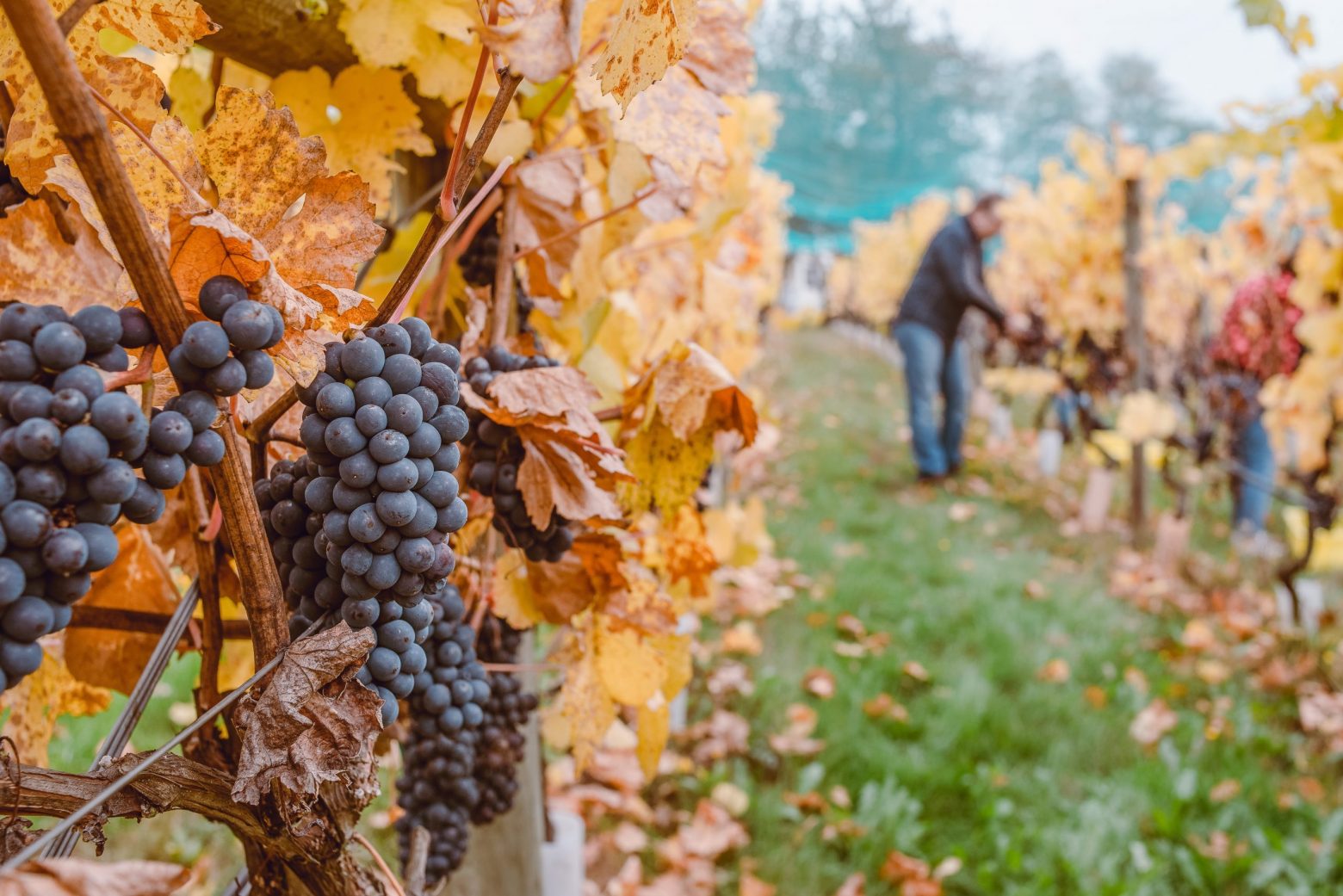
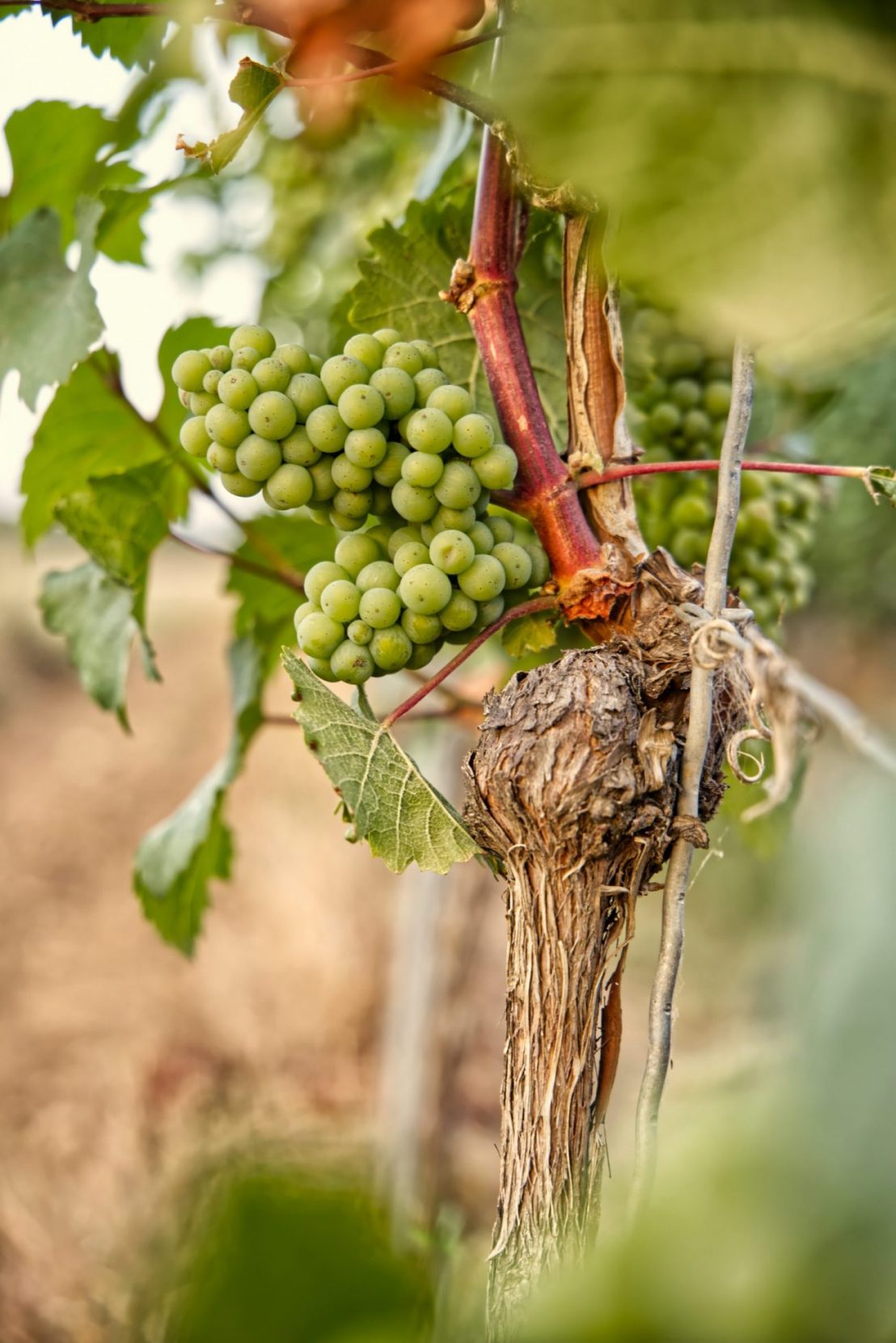
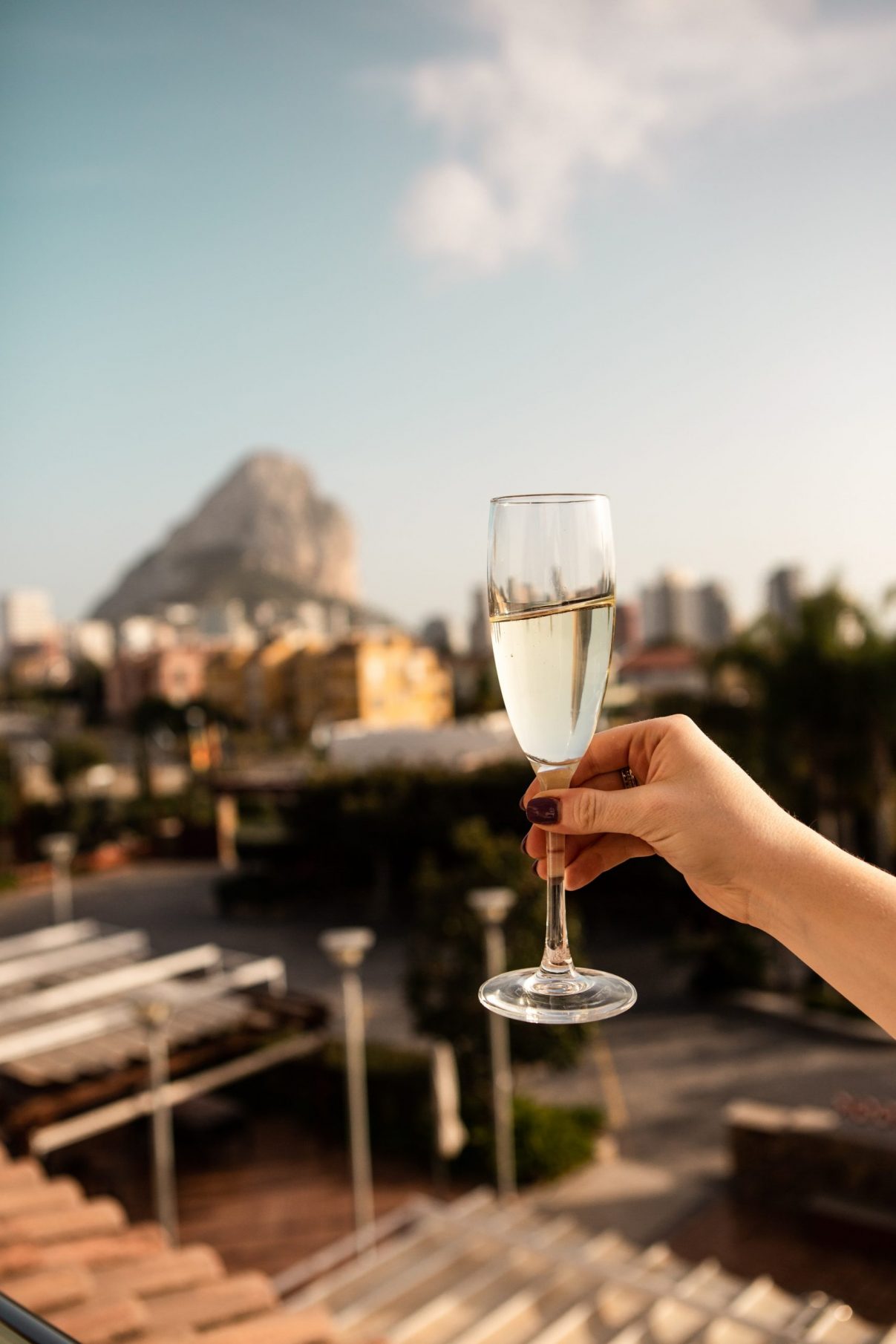
THE PRACTICE OF SUSTAINABLE VITICULTURE
Indeed, climate change becomes its own challenge for growers. According to Comité Champagne, the rise in the temperature of Champagne, which is 1.1° over 30 years, is leading to an increased number of vintage years. Therefore, many vineyards in France are now employing green practices and switch to eco-friendly techniques in winemaking. One of the crucial steps that growers take is through hybrid grapes. Most of the wines we have today are made from Vitis vinifera, Pinot Noir, Chardonnay, Merlot and many others. And unfortunately, vinifera is not that sustainable; to keep disease away, they need to be sprayed many times with copper and sulphur or fungicides.
In the region of Champagne, some actions to tackle climate change have already begun since the year 2000. They committed to a policy of sustainable viticulture with four main issues: (1) Reduction of addictive and the control of risk to health and environment, (2) Preservation and enhancement of terroir, biodiversity and landscapes, (3) Accountable management of water, wastewater, by-products and waste, (4) Energy and climate challenge to improve the sector's carbon footprint.

The region ensured that 100% of the water used to make Champagne is treated and re-used. Regarding air, the CO2 emissions have been decreased by 20% per bottle of Champagne – put into perspective, that has the same environmental significance as taking 80,000 cars off the road over ten years. Alongside, they have reduced the use of phytosanitary products and nitrogen fertilizers by 50% across the regions, with half of the pesticides that are used allowed in organic farming.
Even though the growers have made impeccable steps towards sustainability, the journey to minimize the impact of climate change is still long. The main challenge is also coming from the buyers themselves, whether they are ready to enjoy hybrid grapes and make it mainstream. Perhaps when you fancy a fizzy, it is about time to turn to new varieties of Champagne which are produced from hybrids. Cheers!

+ Words: Alvia Zuhadmono, Luxiders Magazine
Sustainable communication student | Sweden-based writer
Connect with her through LinkedIn

